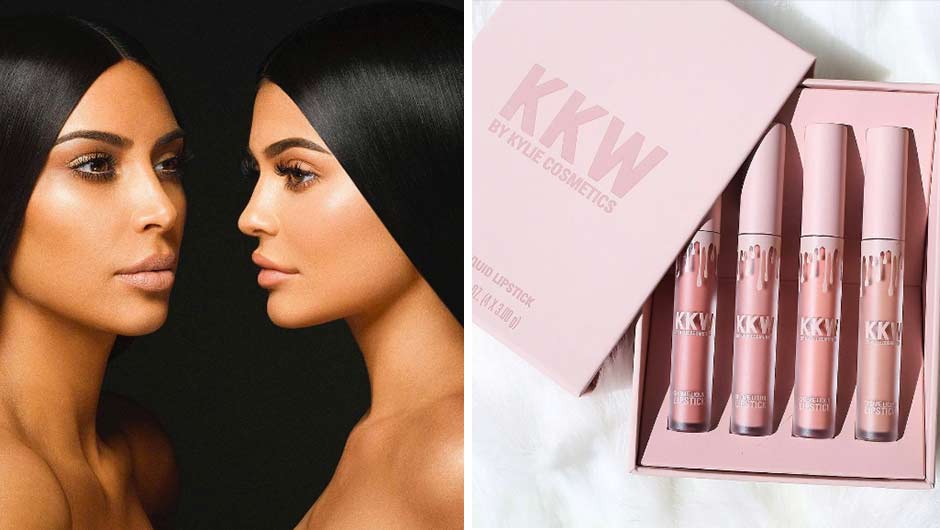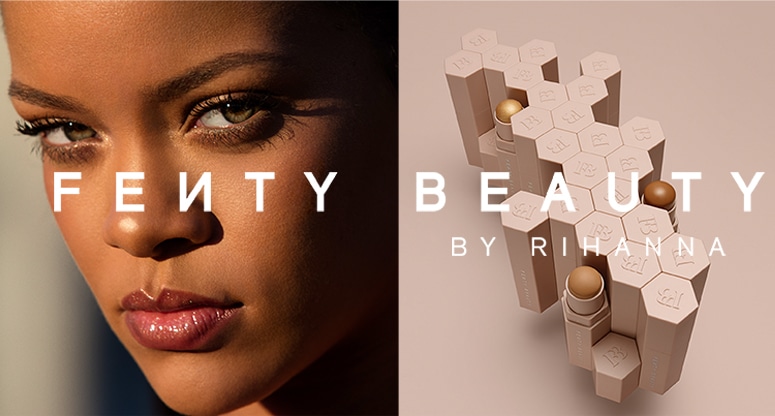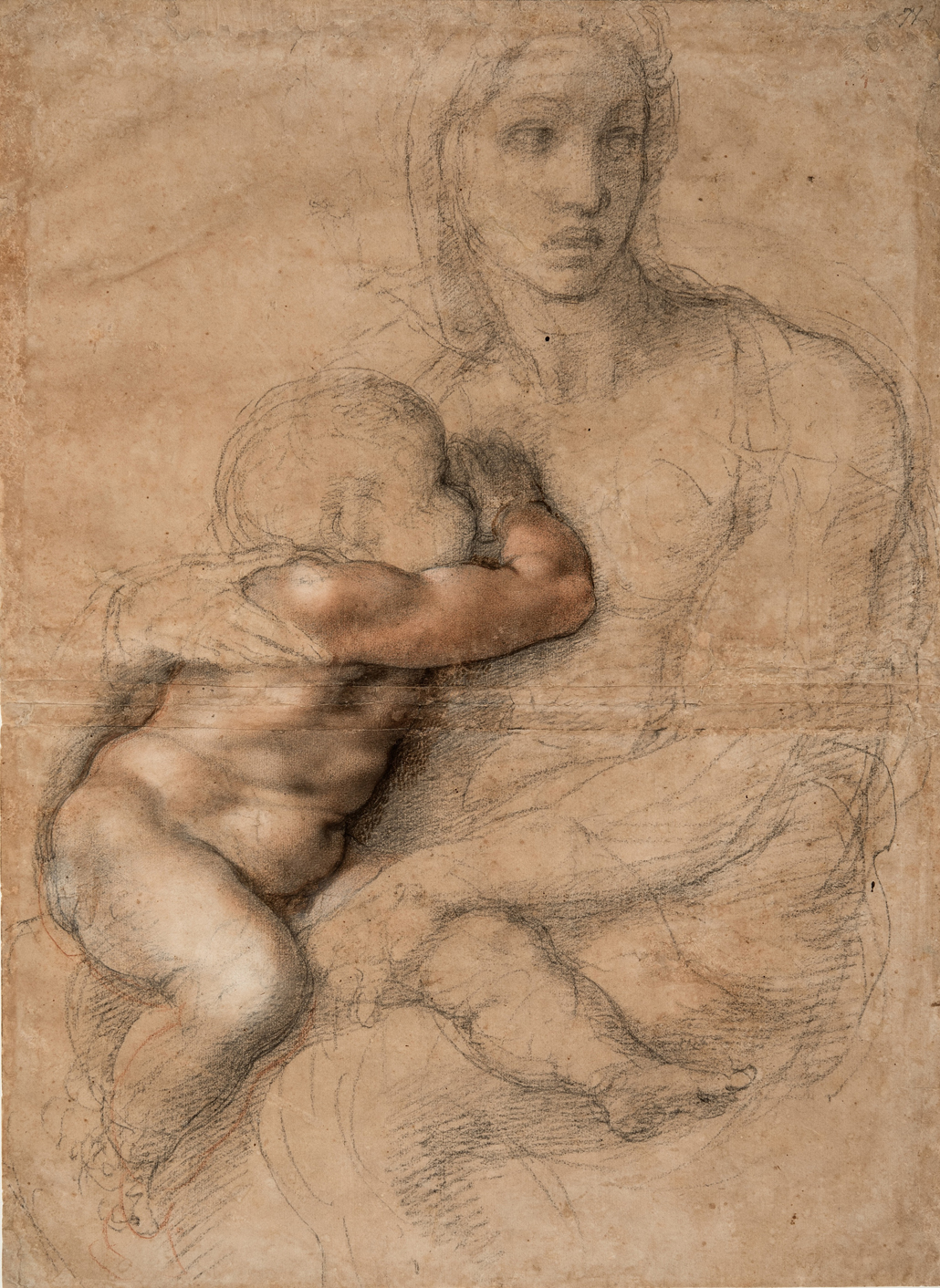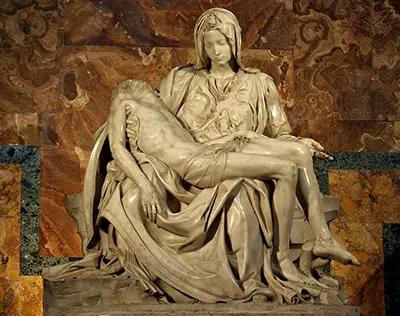Perhaps not surprisingly, art and commerce have been intertwined for a long time. Kanye West and Virgil Abloh are both self-proclaimed modern examples of artists and businessmen, but are actually celebrities using their fame (or infamy) to popularize their brands or friends’ brands.
One of the earliest and best artists to combine art and commerce was Irving Penn. Irving Penn was an American photographer known for his fashion photography done for Vogue. Penn used his fashion photography and came up with beautiful magazine covers that highlighted the art of fashion, as shown below.
However, he was also very established in the photography community for his Modernist still lifes of everyday objects, portraits of creative magnates, and photograph of peoples from around the world. He was undoubtedly a great artist.
Still, Penn also used his art for advertising, beyond Vogue. He did a lot of freelance advertising for companies like Clinique, Chanel, and L’oreal. My favorite of his ads was actually for L’oreal and I believe that it truly highlights Penn’s phenomenal synthesis of art and advertising. It is clearly art, but it is also selling a product, lipstick.
The Met actually did an exhibit showcasing Penn’s work this past summer. It included all types of photographs by him, showing his extreme versatility. For more works by Penn, check out https://www.metmuseum.org/exhibitions/objects?exhibitionId=b89b15b9-a009-4149-b682-6b603d22093b#!?perPage=20&offset=180.
















